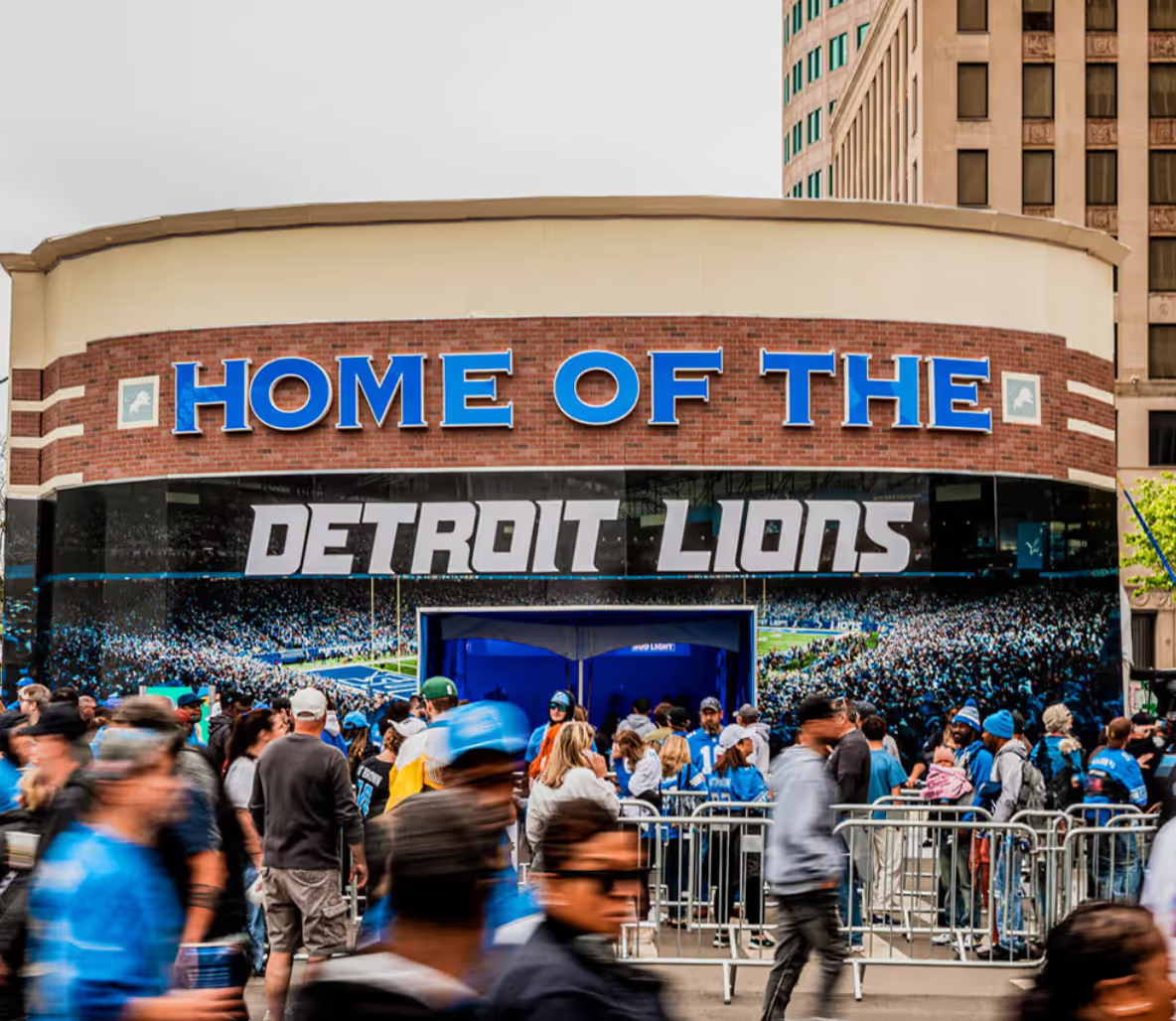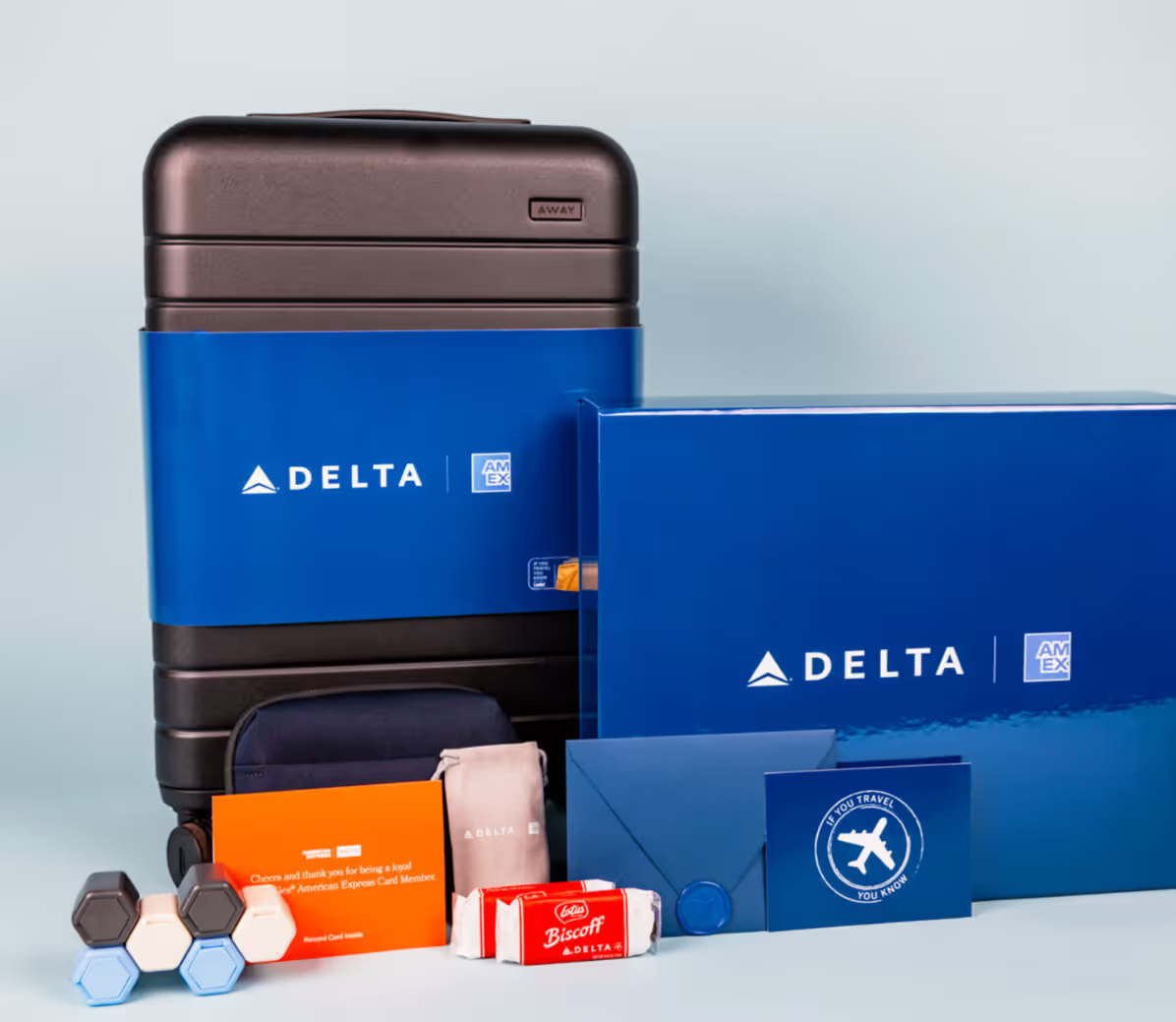Joint Brand Activations: Partnerships Deliver Better Results
Companies with similar audiences but different products can share activation costs while reaching broader demographics through collaborative experiences. Joint brand activations allow brands to create mobile tours, live events, and PR packages that combine resources without diluting individual brand messaging. When executed correctly, these customer engagement events and partnerships provide access to new customer engagement segments and premium activation opportunities that individual budgets might not support.
What Are Joint Brand Activations?
Joint brand activations combine companies whose products naturally appear together in consumers' lives, creating shared experiences through mobile tours, live events, or curated packages. A travel gear company might partner with a coffee roaster for campus tours that demonstrate both brands during morning routines, or a home goods brand could collaborate with a gourmet food company for entertaining-focused PR boxes. These partnerships work when each brand adds distinct value to the same consumer moment.
The collaboration requires coordinated planning across production schedules, staffing, and logistics to deliver consistent experiences across all markets. Brands share costs while accessing each other's established customer relationships and demographic insights.
The History of Brand Partnerships in Marketing
Partnership activations grew from simple product demonstrations at the 1893 Chicago World's Fair, where companies like Wrigley's handed out free samples to attendees, into collaborative experiences that combine resources and expertise¹. The formalization of partnership marketing gained momentum in the 1980s with campaigns like PepsiCo's "Pepsi Challenge," which used blind taste tests to engage consumers directly with competitive demonstrations².
The 1990s marked a shift toward mobile marketing tours, where brands began taking joint experiences on the road to reach consumers in multiple markets¹. Companies like Nike pioneered immersive retail experiences such as "NikeTown," which combined shopping with sports culture, demonstrating how brands could create environments where multiple touchpoints improved the consumer experience². Social media enhanced partnership marketing by enabling consumers to instantly share content from brand experiences, extending campaign reach far beyond physical attendees¹.
Why Joint Marketing Initiatives Matter
Joint activations allow brands to create larger experiences and reach broader audiences than individual campaigns achieve. These collaborations combine resources and expertise to deliver brand moments that generate measurable outcomes for all participating companies:
• Shared Resource Access: Multiple brands can afford locations, custom fabrication, and professional staffing that individual budgets might not support.
• Expanded Audience Reach: Each partner brings their existing customer base to the collaboration, creating opportunities to connect with demographics that might not discover your brand otherwise.
• Operational Efficiency: Brands can leverage each other's logistics networks, warehouse capabilities, and fulfillment systems to reduce individual operational overhead.
• Enhanced Campaign Impact: Partnership collaborations often generate returns that exceed individual campaign performance through combined marketing efforts.
• Market Credibility: Association with established brands can enhance reputation and build consumer trust, particularly valuable for companies entering new demographic segments.
Types of Joint Brand Experiences and Partnership Activation Success Stories
Companies can collaborate through mobile tours, live events, or curated product experiences, depending on their target audience and operational requirements. Each format involves different production timelines, staffing needs, and logistical coordination between partners. The choice depends on whether brands need to reach customers in multiple markets, create single-location experiences, or deliver packages directly to recipients:
Mobile Tour Collaborations and Multi-Brand Experiences
Mobile tours allow brands to share vehicle costs, staffing, and route planning while reaching audiences in multiple markets through a single campaign. These partnerships work when brands serve similar demographics but offer different products that naturally appear together in consumers' daily routines:
• Complementary Product Pairing: The Coach Tabby Tour combined handbag displays with coordinated ice cream flavors and color-matched giveaways, creating cohesive brand moments that reinforced the campaign's aesthetic across college campuses.
• Shared Operational Costs: Partners split expenses for custom vehicle wraps, professional drivers, permits, and brand ambassadors across multiple market stops.
• Coordinated Route Planning: The Elton John Eyewear tour used a custom double-decker shipping container that could accommodate multiple brand partners at different arena stops nationwide.
• Unified Experience Design: Each brand contributes distinct elements to the tour experience without competing for consumer attention or diluting individual brand messaging.
• Scalable Market Reach: Tours can cover more cities and demographics than individual brand budgets typically allow, expanding market presence for both partners.


Live Event Partnerships and Experiential Marketing
Live events create opportunities for brands to showcase their products and services through immersive experiences that generate direct consumer engagement. Partnerships allow brands to create pop-up experiences, trade show installations, and corporate activations that deliver higher production value through shared resources and coordinated planning:
• Premium Venue Access: Brands can afford high-traffic locations in major markets by splitting rental costs and sharing prime real estate within the activation space.
• Custom Fabrication Sharing: Partners divide costs for branded installations, interactive displays, and environmental design elements that create photo-worthy moments.
• Professional Staffing Coordination: Brands share event management, brand ambassadors, and technical support staff while maintaining separate customer interaction areas.
• Extended Event Programming: The Detroit Lions NFL Draft activation combined multiple sponsor brands within a single footprint, featuring interactive zones where each partner contributed distinct activities while maintaining the central Lions theme.
• Audience Cross-Pollination: The Kendra Scott Mother's Day pop-up demonstrated how jewelry customization, floral framing activities, and conversation cards created multiple brand touchpoints that enhanced the overall consumer experience.


PR Box Collaborations and Curated Experience Partnership Activations
PR boxes enable brands to combine their products into packages that recipients can engage with at their own pace, creating deeper connections than single-brand mailings typically achieve. These collaborations work when companies can contribute items that naturally appear together in consumers' homes or daily routines:
• Themed Experience Creation: The Ruggable Bridgerton trunk transported recipients into Regency-era entertaining with vintage-inspired packaging and period-appropriate accessories that complemented the featured area rug.
• Premium Unboxing Moments: Partners invest in magnetic closures, custom foam inserts, and specialized printing that recipients photograph and share, extending campaign reach beyond the initial delivery.
• Lifestyle Integration: The Delta Amex collaboration paired luxury luggage with travel accessories and Biscoff cookies, creating authentic moments that reflected actual travel experiences.
• Cross-Network Distribution: Each brand's mailing list introduces their products to established customers who already value their partner's offerings, reducing the need for cold outreach.
• Seasonal Relevance: Brands can time collaborative packages around holidays, cultural events, or product launches that provide natural reasons for partnership without forced associations.


Planning and Executing Successful Partnership Activations
Partnership activations deliver better results when partners establish clear roles and responsibilities from the start. Companies need to coordinate production schedules, creative approvals, and budget allocations across different internal processes and timelines. Success comes from selecting partners with compatible operational capabilities and establishing communication protocols that keep projects moving forward:
Identifying Compatible Brand Partners and Target Audiences
Partner selection determines whether joint activations feel authentic or forced to consumers who encounter the collaboration. Companies need to find brands whose products naturally appear together in their customers' lives without competing for the same purchase decisions. The best partnerships solve different problems for the same demographic:
• Demographic Overlap Analysis: Partners should serve similar age ranges, income levels, and lifestyle preferences while offering complementary product categories.
• Purchase Journey Alignment: Brands work together when their products appear at different stages of the same consumer experience, like travel gear and coffee for campus tours.
• Quality Standards Matching: Partners need comparable production timelines, approval processes, and brand presentation standards to avoid conflicts during campaign execution.
• Operational Compatibility: To maintain project momentum, companies should have similar decision-making speeds, budget approval processes, and communication styles.
• Brand Values Alignment: Partners must share similar approaches to customer service, sustainability, and business practices to create authentic collaborative experiences.
Campaign Development and Marketing Strategy Alignment
Creative strategy alignment involves figuring out who leads what without stepping on each other's messaging. One brand might handle the visual design while another manages the customer experience, but both need to agree on how their logos, colors, and messaging appear in shared materials.
The creative development process should define guidelines for brand representation, messaging hierarchy, and visual integration early in the planning phase. Partners need to decide which brand takes point on different activation elements - maybe one handles the mobile tour design while another manages the product sampling experience.
Creative strategies designate primary and secondary brand roles within different aspects of the activation. This prevents conflicts when partners have different opinions about creative direction and ensures each brand gets representation without diluting the collaborative experience.
Budget Allocation and Resource Management for Joint Initiatives
Budget discussions show whether partnerships will work before production begins, as companies learn whether their financial expectations and operational capabilities align. Partners need transparent agreements about cost-sharing, resource contributions, and individual brand investments to prevent disputes during campaign execution:
• Shared Cost Categories: Partners divide expenses for venue rental, custom fabrication, staffing, and logistics while maintaining separate budgets for individual brand elements.
• Resource Contribution Balance: One brand might provide warehouse space and fulfillment capabilities while another contributes creative design and project management expertise.
• Financial Investment Transparency: Clear documentation of each partner's monetary contributions prevents misunderstandings about who pays for changes, overruns, or additional market stops.
• Operational Asset Sharing: Brands can leverage each other's existing vendor relationships, transportation networks, and production capabilities to reduce individual costs.
• Performance Investment Alignment: Partners establish how much each company invests based on their expected return, audience reach, and strategic objectives for the collaboration.
Measuring Success and ROI in Joint Activations
Joint activations generate different types of data than individual campaigns, requiring measurement frameworks that capture shared outcomes and individual brand performance. Companies should agree on tracking methods before launching campaigns to understand which metrics reflect collaborative success versus individual brand contributions. Measurement systems capture immediate campaign results and long-term partnership benefits:
Key Metrics and Analytics for Partnership Campaigns
Joint activations generate different data points than individual campaigns, requiring metrics capturing shared outcomes and individual brand performance. Companies need to track traditional engagement measures alongside partnership-specific indicators that show collaborative benefits:
• Cross-Brand Engagement Rates: Measurement of how consumers interact with multiple brands within single activations, showing whether partnerships create deeper engagement than individual touchpoints.
• Shared Social Media Mentions: Tracking posts that reference both brands simultaneously, indicating authentic collaborative experiences that consumers found worth sharing.
• Audience Crossover Analysis: Data showing how many consumers from each partner's existing base engaged with the collaborating brand for the first time.
• Consumer Journey Mapping: Analytics that track movement between different brand touchpoints within single activations, revealing how collaborative experiences influence purchase behavior.
• Attribution Performance: Metrics that separate individual brand results from collaborative outcomes, helping partners understand which elements drove specific performance gains.
Partner With Activate for Your Next Joint Brand Activation
Activate specializes in executing joint brand activations through mobile tours, live events, and PR box collaborations that create measurable results for multiple brand partners. Our turnkey approach manages complex multi-brand logistics while maintaining distinct brand identities within shared experiences. From concept development through execution, we coordinate partnerships that amplify reach and reduce individual brand investment costs. Ready to explore collaborative opportunities for your next brand activation? Contact our team to discuss how joint partnerships can expand your brand's impact.
Frequently Asked Questions
What is co-branding, and what are examples?
Co-branding involves two or more brands collaborating to create shared experiences that showcase each partner's unique value while reaching expanded audiences through combined resources and expertise. Examples include mobile tour partnerships where complementary brands travel together to college campuses, multi-brand pop-up activations in major metropolitan areas, and curated PR box collaborations that combine products from different companies into cohesive seasonal packages.
How do businesses brand joint ventures?
Branding a joint venture requires establishing clear guidelines for visual integration, messaging hierarchy, and brand representation that maintains each partner's distinct identity within the collaborative experience. The most effective approach involves designating primary and secondary brand roles within different activation elements, allowing each partner to lead in areas that align with their expertise while supporting collaborative storytelling through custom packaging, shared signage, and coordinated staff training.
